Art for Birders, and Beyond
Diverse Perspectives on “Bird Art” Land in Solvang’s Wildling Museum of Art & Nature
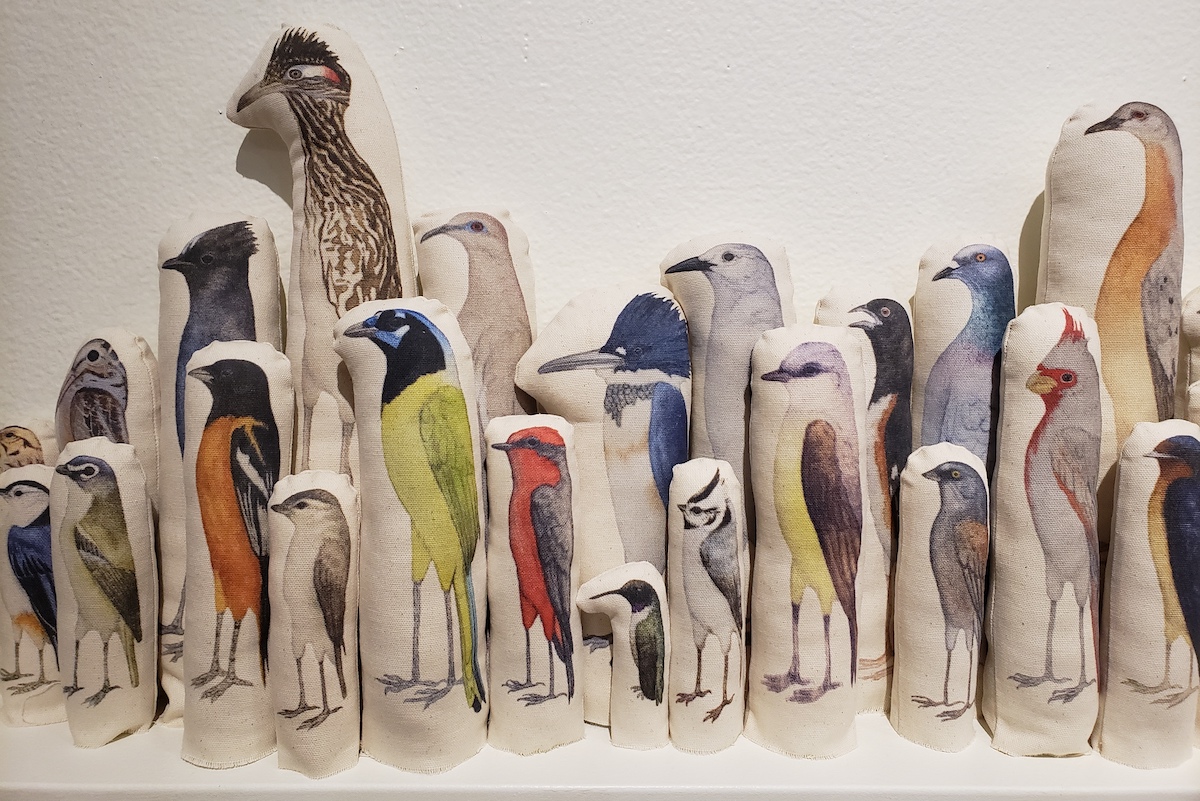
There are many bird people among us, especially in a region as rich in aviary splendor and diversity as Santa Barbara County. The birders know who they are. Others may not have yet realized they are birders in training. All of which is to hover around the notion that the current bird-minded exhibition at Solvang’s Wildling Museum of Art & Nature will appeal to die-hard birders, dabblers, and, perhaps most importantly, those with an interest in genuinely creative aesthetic expressions based on specific themes.
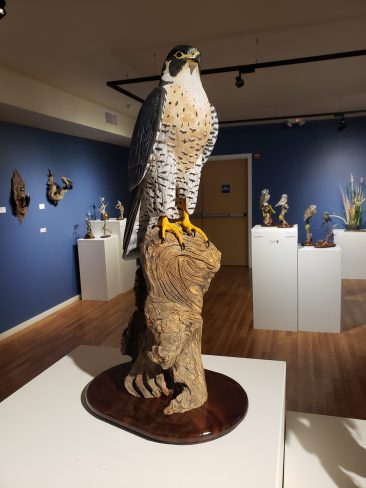
There are no standard-brand bird paintings in the show Bird’s Eye View: Four Perspectives, curated by Stacey Otte-Demangate and Lauren Sharp. Each of the artists differs from the others in methodologies, aims, and materials, but they are bound by a common passion for bird love and lore. An additional component is short bird-related films by Santa Barbara filmmaker Michael Love, sponsored by the Audubon Society, celebrating local birding and environmental importance of our feathered friends.
Officially, the show consists of work by Chris Maynard, David Tomb, Shae Warnick, and Chester Wilcox. Unofficially, the “fifth Beatle” addendum at the entrance comes courtesy of the late, much-loved Santa Barbara artist Keith Puccinelli. His 2008 funk sculpture “Vultures II” is a massive construction made from trash, house paint, and other humble materials, asserting an implicitly ecological cautionary tale, an ulterior motive buzzing throughout the gallery.
In some way, the “straightest” artist in this flock is Wilcox, who meticulously creates hand-carved and -painted bird replicas in wood, extending the tradition of decoy ducks but with no hunter’s ploy endgame attached. Wilcox’s corner of the gallery features quite stunning, detailed, and ultimately empathetic odes to birds, with highlights showcasing the peregrine falcon, the northern shoveler, an acorn woodpecker family, and a natural scenario dubbed “Springtime Marsh Symphony.”
A logical segue leads us from said “Symphony” to the adjacent installation from Tomb: “King Tides and Elusive Rails,” depicting a brackish California wetland terrain during a king tide event. Originally created for the Palo Alto Art Center and adapted for this exhibition, it brings together aspects of bird and tidal life in what Tomb calls a “handmade natural history diorama.” He writes, “I have been a fan of dioramas since I was a kid.”
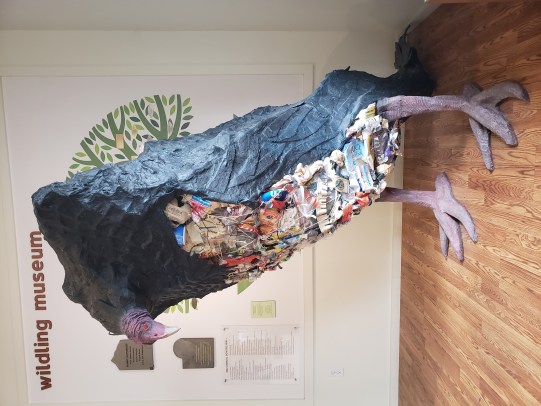
Fittingly, the piece itself hums with a palpable sense of childlike wonder and an unfussy convergence of modest materials to organic ends. We get the sense of art tapping into the innocent appreciation of natural wonders, as experienced through a child’s eyes, along with birds’ eyes.
Youthful vision also comes into play with Warnick’s “bird dolls,” lined up in a profuse parade of varied species on a shelf along one gallery wall. Warnick’s toy-like examples of her interest in anthropomorphic objects embody a paradox, in the form of both alluding to the imagination-spurring value of animal-based toys and questioning our desire to anthropomorphize and otherwise corral and project our human values upon animal, aviary, and natural life.
This leads us fluidly into the gallery’s center, where Maynard’s remarkably delicate, inventive assemblages behind glass both literally and symbolically use bird feathers as essential materials. With exacting X-Acto knife virtuosity, he explores bird life from the feathery source, as in “Goldfisher,” a tableau with images of a hungry, plunging bird and fish/dinner below, all precision-cut from a single great argus wing feather.
Maynard’s “Rattle the Cage” depicts caged birds, presumably singing and/or parroting their owner’s prattling voices, behind a bar and all fashioned from blue-and-gold macaw feathers. Maynard’s largest work, “Wavelines,” is a long and carefully X-Acto-knifed wonder made from a large great argus tail feather, a scene with birds in flight above and grounded specimens below. A sense of visual rhythm, motion, and compositional balance is in check, with the bonus attraction of a certain “How did he do that?” wonderment from the viewer.
In short, birds rule at the Wildling, as an artistic subject and as a source of awe for those who bother to notice.
Bird’s Eye View is on exhibit at the Wildling Museum (1511-B Mission Dr., Solvang) through September 4. See wildlingmuseum.org.

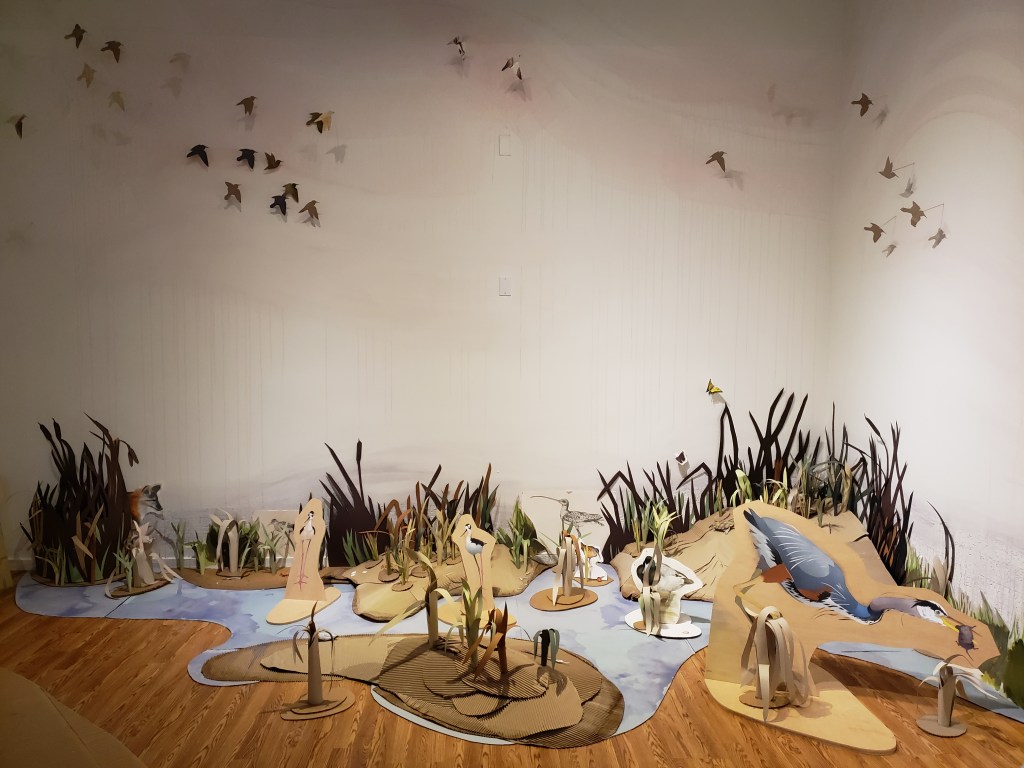
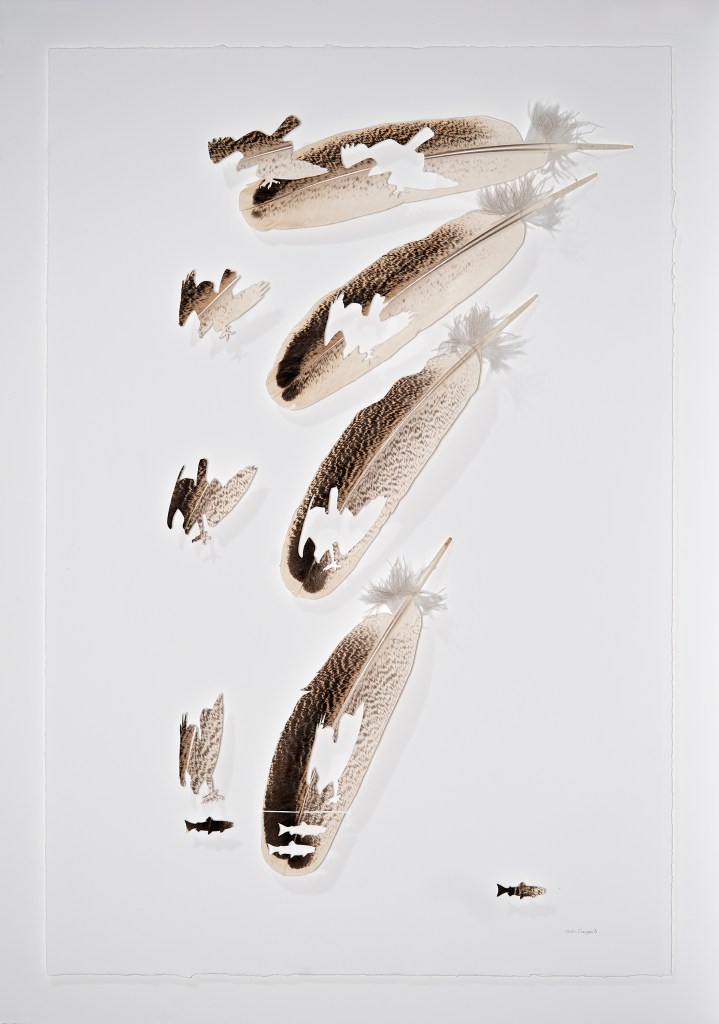
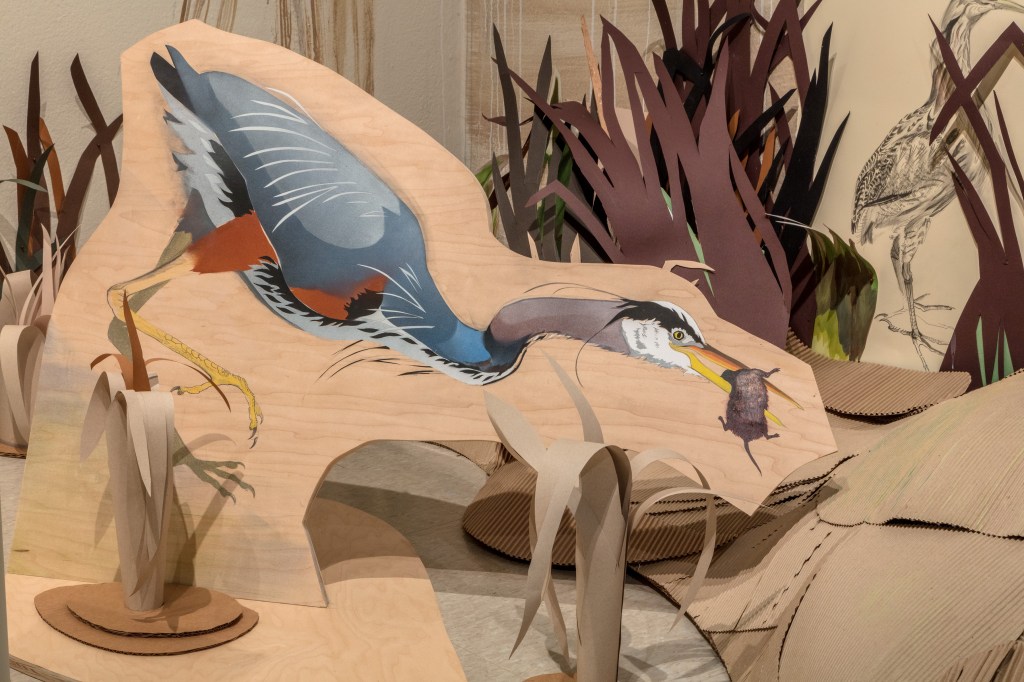



You must be logged in to post a comment.